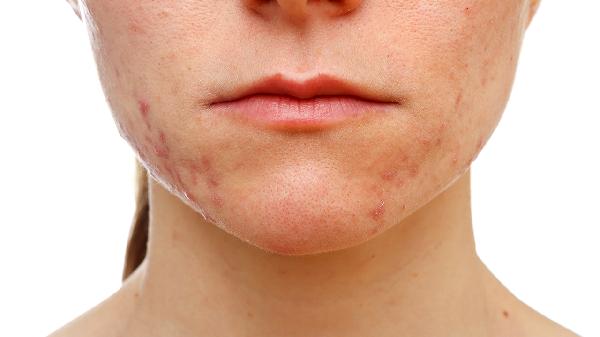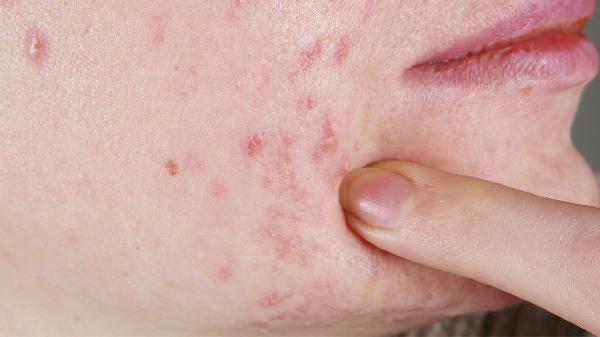Computer radiation causing allergies? It sounds like a plot from a sci-fi movie, but in reality, many people complain about skin discomfort after prolonged computer use. So, does computer radiation really trigger allergies? Let's find out.
1. The Nature of Computer Radiation
Computer radiation mainly refers to electromagnetic radiation, including low-frequency and high-frequency radiation. Low-frequency radiation comes from devices like monitors and power supplies, while high-frequency radiation is emitted by wireless networks and Bluetooth. The intensity of this radiation is usually far below international safety standards and does not cause direct harm to the human body. However, long-term exposure to electromagnetic fields may have indirect effects on certain sensitive individuals.

2. The Vulnerability of the Skin Barrier
The skin is the body's largest organ and the first line of defense against external stimuli. Prolonged exposure to computer screens can slightly affect the skin due to electromagnetic radiation, weakening its barrier function. Additionally, during computer use, screens can attract dust and bacteria from the air, which may adhere to the skin surface, further irritating it and triggering allergic reactions.
3. The "Accomplice" of Dry Environments
Computer screens release a small amount of heat during use, causing the surrounding air to dry out. Dry environments can lead to skin moisture loss and thinning of the stratum corneum, making the skin more susceptible to external irritation. At the same time, staring at the screen for long periods reduces the frequency of blinking, causing the skin around the eyes to become dry and increasing the risk of allergies.
4. The Potential Impact of Blue Light
Although the blue light emitted by computer screens does not directly cause allergies, long-term exposure to blue light may induce oxidative stress in skin cells, impairing the skin's self-repair ability. This chronic damage may make the skin more sensitive to external stimuli, thereby triggering allergic symptoms.
5. The "Invisible Pusher" of Psychological Stress
Prolonged computer use not only affects the body but also brings psychological stress. Stress stimulates the secretion of cortisol, leading to an imbalance in skin oil production and triggering inflammatory responses. This inflammation may further exacerbate skin sensitivity, making allergic symptoms more pronounced.
6. How to Reduce the Impact of Computer Radiation
Although the direct effects of computer radiation are limited, we can take some measures to lower its potential risks. For example, use anti-blue light screen protectors, maintain an appropriate screen distance, regularly clean the screen and keyboard to avoid dust and bacteria buildup. Also, pay attention to indoor humidity, use humidifiers or moisturizing sprays to keep the skin hydrated.
7. The Importance of Skin Care
For those who use computers for extended periods, skin care is particularly important. Choose gentle cleansing products to avoid over-cleansing; use skincare products containing antioxidants to help defend against blue light and environmental pollution; regularly apply masks to replenish skin moisture and strengthen the barrier function.
While computer radiation is not the direct cause of allergies, long-term exposure to electromagnetic fields, combined with dry environments and psychological stress, may indirectly lead to skin sensitivity and allergic reactions. By adjusting usage habits and enhancing skin care, we can effectively reduce these potential risks and maintain skin health. So, the next time you hear about "computer radiation causing allergies," consider it from a scientific perspective and take appropriate protective measures.
























